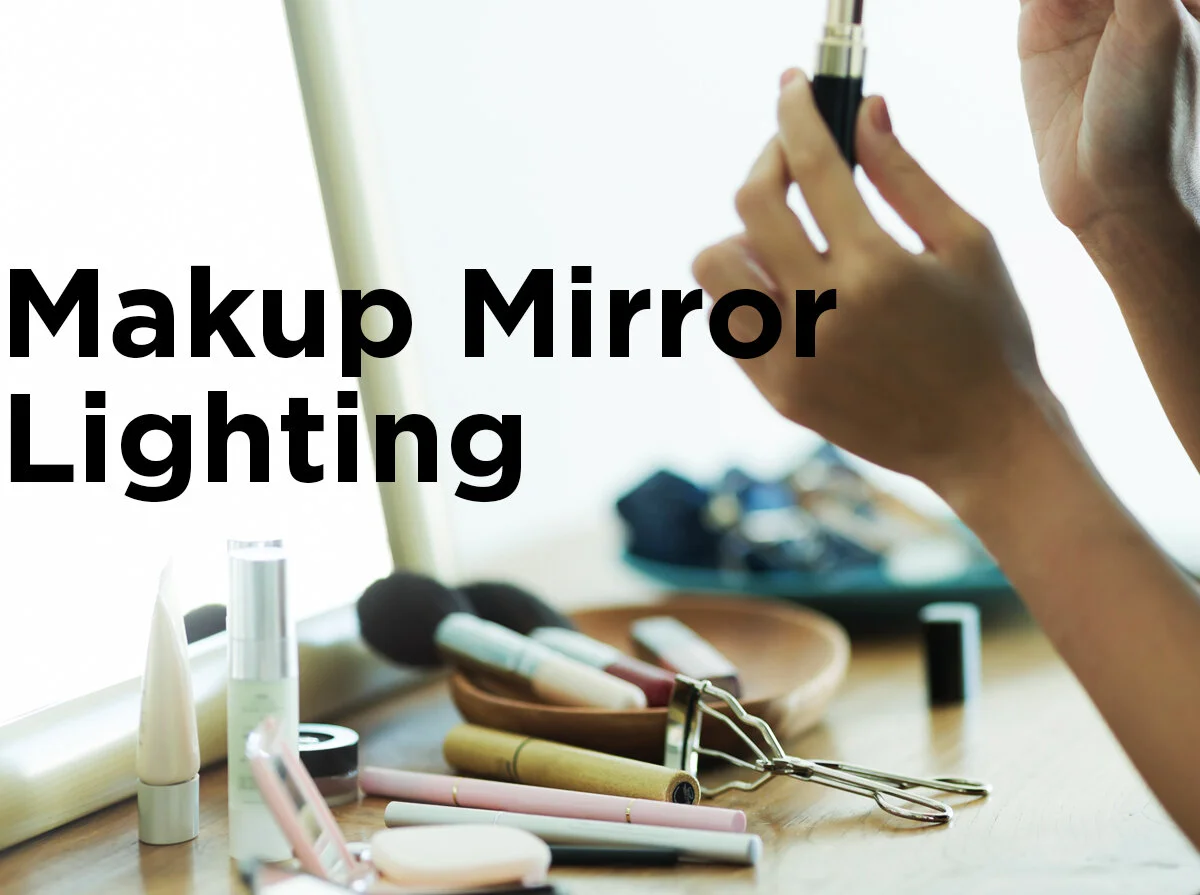Hydroponics DIY: How and Why to Grow Indoors
For all you gardeners out there, you know the frustrations of growing outdoors: the unrelenting heat withers your plants and makes it almost impossible to enjoy working in your garden, the weather can change in the blink of an eye, bringing a heat wave or torrential downpours, or that giant garden spider that’s made itself nice and cozy around your Rosemary bushes. With all these variables, it’s no wonder outdoor gardening can be so maddening and why moving your growing indoors isn’t as crazy as it sounds. While this isn’t a comprehensive how-to, we’ve gathered the high points of starting your first indoor grow.
Hydroponics?
So what exactly is hydroponics? Hydroponics is the art and science of indoor growing using all sorts of growing mediums, from growstones, clay rocks, rockwool, soil, coco, and soilless mixes. The beauty of hydroponics is that there’s no one way to grow and there’s no limit on what you can grow. Some choose to grow vegetables to have purely organic vegetables, bypassing all the pesticides, while others grow indoors as a hobby. Plus, hydroponics gives you the control to grow whatever you want whenever you want. Whether it’s 15 degrees with three feet of snow or it’s 110 degrees with 90 percent humidity, your indoor grows aren’t affected.
Where to Start?
First decide what you want to grow. Do you want to grow non-flowering herbs like cilantro or basil, or are you looking to grow flowering plants like vegetables? Your set up will depend on what you choose to grow. For example, if you want to grow vegetables or flowers, you’ll need a 400-watt HID grow light fixture, with both HPS and metal halide bulbs for the different growth stages. For those non-flowering plants, like basil and cilantro, you can stick with T5 grow lights for the whole growing cycle. Commercial growing will need a bigger coverage area, produced by multiple 1000-watt HID fixtures.
*Note: Since hydroponics can be a bit overwhelming, we’ll save many of the details, such as coverage area, for a later time.
As we know from elementary school science, plants need light to grow. If you’re growing indoors, you have to supply your own sun in the form of HID (high intensity discharge) grow lights, which include high pressure sodium (HPS) and metal halide bulbs. There are also LED grow lights, which, just like their household counterparts, use less electricity and last longer than other types of bulbs.
Plants go through stages: a growth stage, also called a vegetative stage, and a flowering stage, also called the budding stage. Both of these stages need different color temperatures in order to flourish: the vegetative stage requires color temperatures of 5000K or higher as this produces the blue part of the color spectrum, while the flowering stage needs a color temperature of around 2000K, which produces light in the red spectrum ideal for this stage.
Just like the sun doesn’t shine 24 hours a day, neither should your grow lights. For the growth cycle, it’s recommended to have between 18 and 20 hours of light, while that amount decreases to only 12 hours during the flowering cycle. The easiest way to control your lights is with timers. Timers streamline the entire growing process and eliminate forgetting to turn your lights on and off.
XtraSun XT8AC 8-Inch Reflector
Now let’s talk grow light reflectors. While there are many different types of reflectors, from parabolic to wing reflectors, to all-in-one reflectors, to air cooled reflectors, and each one offers its own advantages. Wing reflectors, for example, feature adjustable “wings” which increase light coverage, therefore helping to reduce the number of areas without light. Not to mention they’re usually cheaper. All-in-one reflectors, beside the bulbs, include everything you need, like the ballast. All you have to do is plug it in and go. Air-cooled reflectors have ducts on each end for cooling hoses and are determined by the diameter of these ducts, ranging from four to eight inches in diameter. These types of reflectors are usually for the serious grower as they require the proper ducting for cooling. The type of reflector you need depends on the size of your grow area.
Start Small
HydroFarm EMSYST Emily's Garden
Before getting too hot-to-trot over setting up a professional grow space, it’s best to start small. Try an all-in-one hydroponics kit, like the Emily’s Garden. This kit comes with everything you need to start a small, successful grow: growing medium, seed starter cubes, even nutrients. While this may seem like child’s play, it’s a great way to get your feet wet with the world of indoor growing.
Jump Start JSV2 2-Ft. Stand
For great beginner experience with grow lights, check out the Jumpstart T5 reflectors. Available in heights from two to four feet, these reflectors include the bulbs and the fixtures and are adjustable as the plants grow taller.
*Note: For more information about indoor growing, check out our hydroponics books.
What do you plan on growing in your indoor garden? Tell us in the comments below, or give us a shout on Twitter, Facebook, or LinkedIn!










